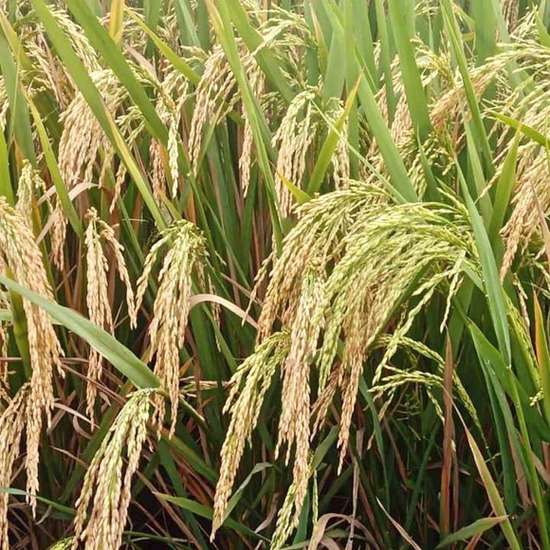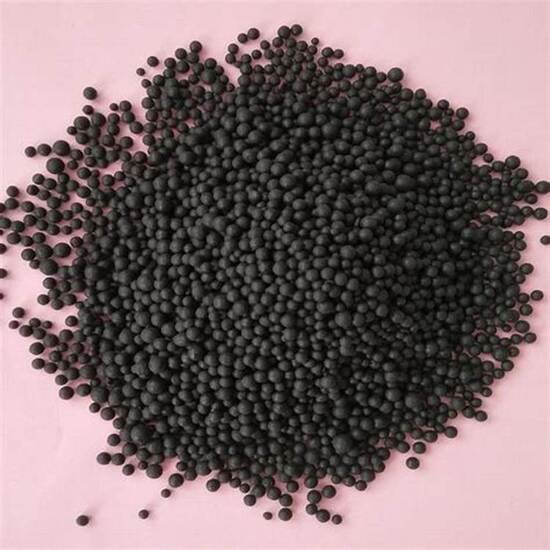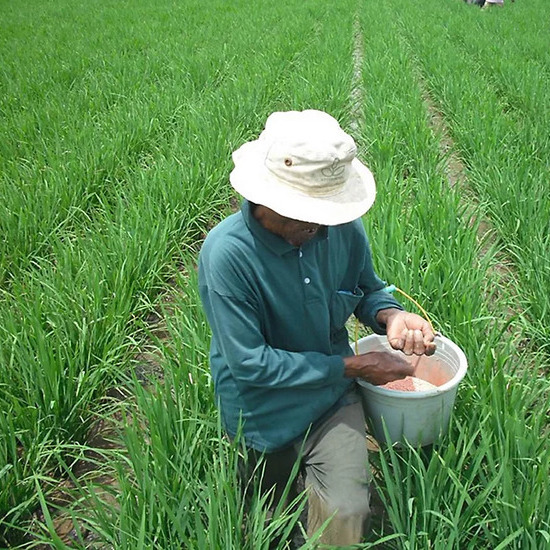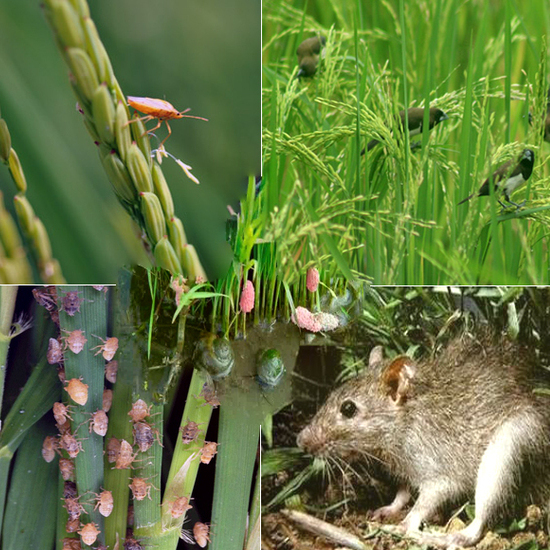Corn Productivity Improvement Strategy through Appropriate Technology

The use of appropriate technology in corn cultivation has great potential to significantly increase productivity. Technologies such as sensor-based monitoring systems allow farmers to monitor land and crop conditions in real-time, so they can identify problems such as water shortages or pest attacks early and take necessary action quickly. With better monitoring, farmers can optimize the use of resources and ensure their crops grow in the best conditions.
In addition, the application of drones for fertilization and pesticide spraying is a revolutionary innovation in corn farming. The use of drones allows for a more even and efficient distribution of fertilizers and pesticides, reducing unnecessary chemical use and improving overall plant health. Drones can also reach areas that are difficult to reach with conventional tools, ensuring that all parts of the land receive the same level of care. With this technology, farmers can increase their yields without having to significantly increase production costs.
The use of soil moisture meters is also an important innovation in corn cultivation. This tool helps farmers to know the condition of soil moisture accurately, so they can determine the right irrigation schedule and avoid over-watering or under-watering. With better water management, corn plants can grow healthier and their productivity increases. The use of this appropriate technology not only helps farmers manage their land more efficiently but also contributes to environmental sustainability by reducing excessive use of natural resources.
1. How to Choose Quality Corn Seeds
Choosing quality seeds is the first and most important step in corn cultivation. Choose certified seeds from trusted producers to ensure genetic superiority and resistance to pests and diseases. Also pay attention to the physical condition of the seeds, make sure there are no defects or signs of damage. For best results, choose varieties that are suitable for the soil and climate conditions in your area, and that have been proven to provide good harvests.
2. Effective Corn Planting and Seeding Techniques
Proper seeding and seeding will determine the strength and health of corn plants. Use sterile and nutrient-rich planting media to sow seeds. Make sure the seeding area gets enough sunlight and is protected from strong winds. Maintain the moisture of the planting media by watering regularly, but avoid waterlogging that can cause rot. After the seedlings grow strong enough, move them to the main land with the appropriate planting distance to provide space for the roots to develop and optimize nutrient absorption.
3. Corn Plant Care Guide from Beginning to Harvest
Good care from beginning to harvest is the key to successful corn cultivation. Weed regularly to avoid competition with weeds that can reduce yields. Use organic or inorganic fertilizers according to plant needs to support optimal growth. In addition, proper irrigation is very important, especially during the flowering and seed filling phases. Monitor plant conditions regularly to identify signs of stress or pest and disease attacks, and take preventive or immediate treatment measures if necessary.
4. How to Overcome Corn Plant Pests and Diseases Naturally
Overcoming pests and diseases naturally is not only environmentally friendly, but also maintains the quality of corn products. Take advantage of natural predators such as birds or beneficial insects to control pest populations. Use natural pesticides such as neem oil or neem leaf extract to reduce pest infestation. In addition, crop rotation practices are also effective in reducing the risk of disease attacks that are specific to corn. Keep the land clean and remove infected plant debris to prevent the spread of disease.
5. Tips for Improving the Quality of Corn Crop Harvests
To improve the quality of the harvest, pay attention to choosing the right harvest time, namely when the corn has reached physiological maturity. Use the correct harvesting technique to avoid seed damage. After harvesting, immediately carry out the drying process to reduce the water content in the seeds and prevent rotting. Store corn in a dry and well-ventilated place to maintain the quality of the seeds until they are ready to be sold or used. With proper care, you can ensure a high-quality and high-value corn harvest.
Matari Agro Indonesia is one of the most affordable and farmer-friendly agricultural consulting companies in Indonesia. We provide top-class agricultural consulting services throughout the country with the help of a diverse team of scientists, operational experts, and technology. If you are looking for a better return on investment for your agricultural investment, contact the Matari Agro Indonesia team today!




